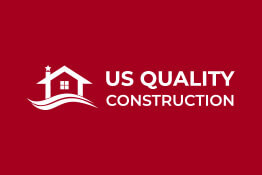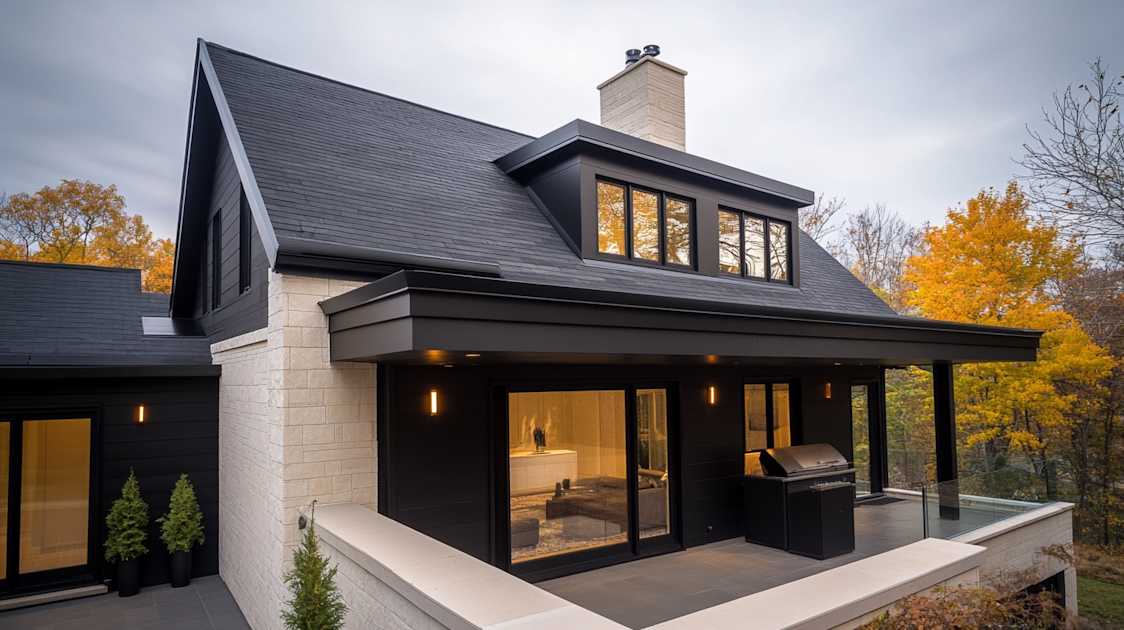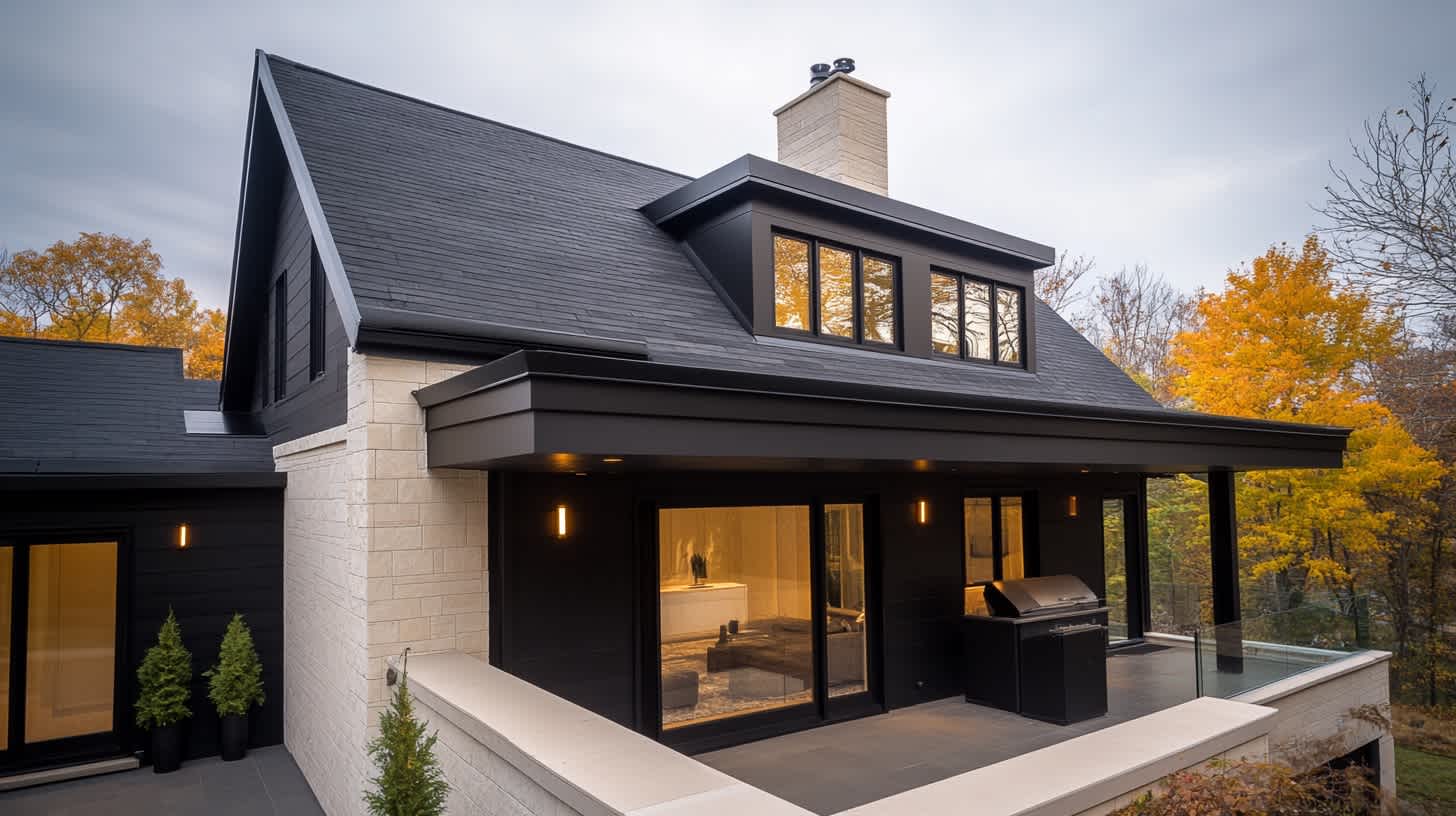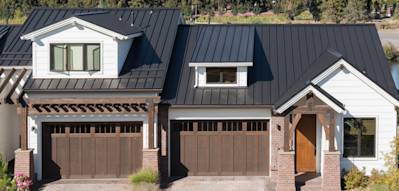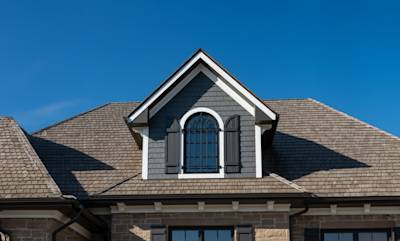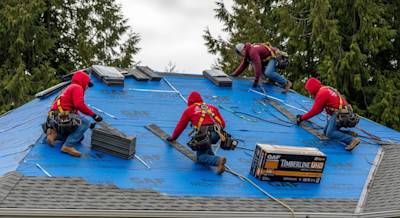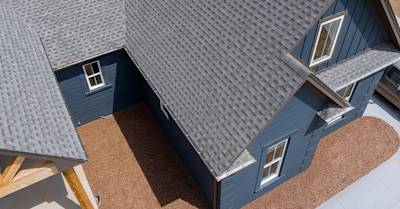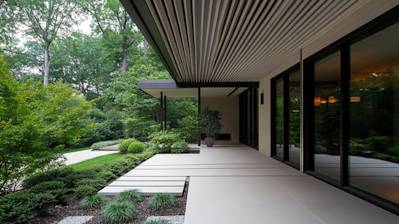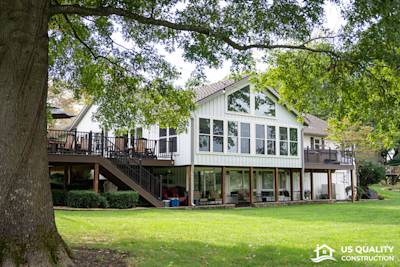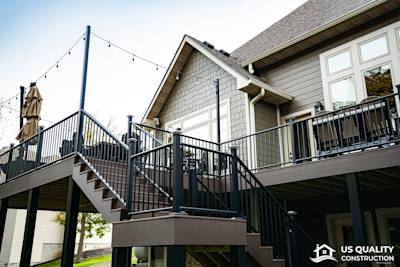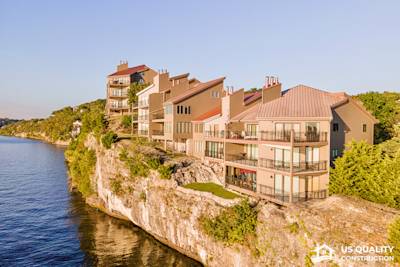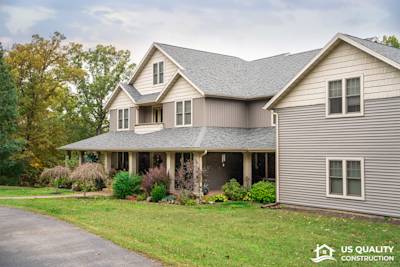In a search for a sturdy roof that can withstand harsh weather conditions, you have likely stumbled upon the term, "impact resistant shingles". As an essential component for houses prone to devastating weather elements, these shingles are more than just a shield for your home. In fact, they provide unparalleled protection against environmental severity, maintaining the structure and aesthetics of your roofing system for the long haul.
Understanding Impact Resistant Shingles
Understanding what impact resistant shingles are, and how they work is the first step towards appreciating their value. Commonly known as Class 4 shingles, they are specifically engineered to resist damage from the most extreme weather conditions, especially hailstones. Hence, they make a popular roofing option for homeowners in disaster-prone areas.
Technology behind Impact Resistant Shingles
Though they may look similar to standard shingles, impact resistant shingles have evolved significantly over the years, thanks to advancements in technology and manufacturing. The distinctive attribute lies in the materials used, commonly incorporating rubberized asphalt into the fiberglass mat. This unique blend of material offers flexibility and resistance to fractures when hit with large objects.
The Advantages of Using Impact Resistant Shingles
There are several noteworthy benefits that come with installing these high-resilience roofing shingles on your home.
- Exceptional Durability: Impact resistant shingles can effectively maintain their structural integrity even when exposed to severe weather beating.
- High Wind Resistance: They have been tested to withstand wind speeds of up to 110-130 mph, making them ideal for houses in windy regions.
- Aesthetically Pleasing: Despite their resilience, these shingles maintain an appealing look, enhancing the visual attractiveness of your house.
- Low Maintenance: They require less frequent replacements compared to traditional shingles, effectively saving on maintenance costs.
How Impact Resistance is Measured
Roofing products are usually classified into four classes, Class 1 to Class 4, with Class 4 resistant shingles having the highest impact resistance level. The most common test conducted is by Underwriters Laboratories (UL), referred to as the UL 2218 standard. This involves dropping steel balls of varying sizes and weights from a set height onto the shingles to simulate the effect of hailstones.
It's important to note that an impact resistant shingle can therefore be identified by the UL 2218 and a Class 4 label on their packaging. It's the best assurance of a product that will truly protect your home from the harshest weather elements.
Installation of Impact Resistant Shingles
Professional installation of these high-quality shingles ensures they perform to their full potential. Selecting experienced and certified roofers guarantees not only proper installation but also adherence to the manufacturer's guidelines for optimal effect. Certified roofers are well versed with the unique installation requirements of impact resistant shingles.
Insurance Benefits of Impact Resistant Shingles
Due to their superior durability and protection, many insurance companies offer discounts on homeowner's insurance premiums if you install Class 4 shingles. It's another financial incentive that makes these shingles an attractive option.
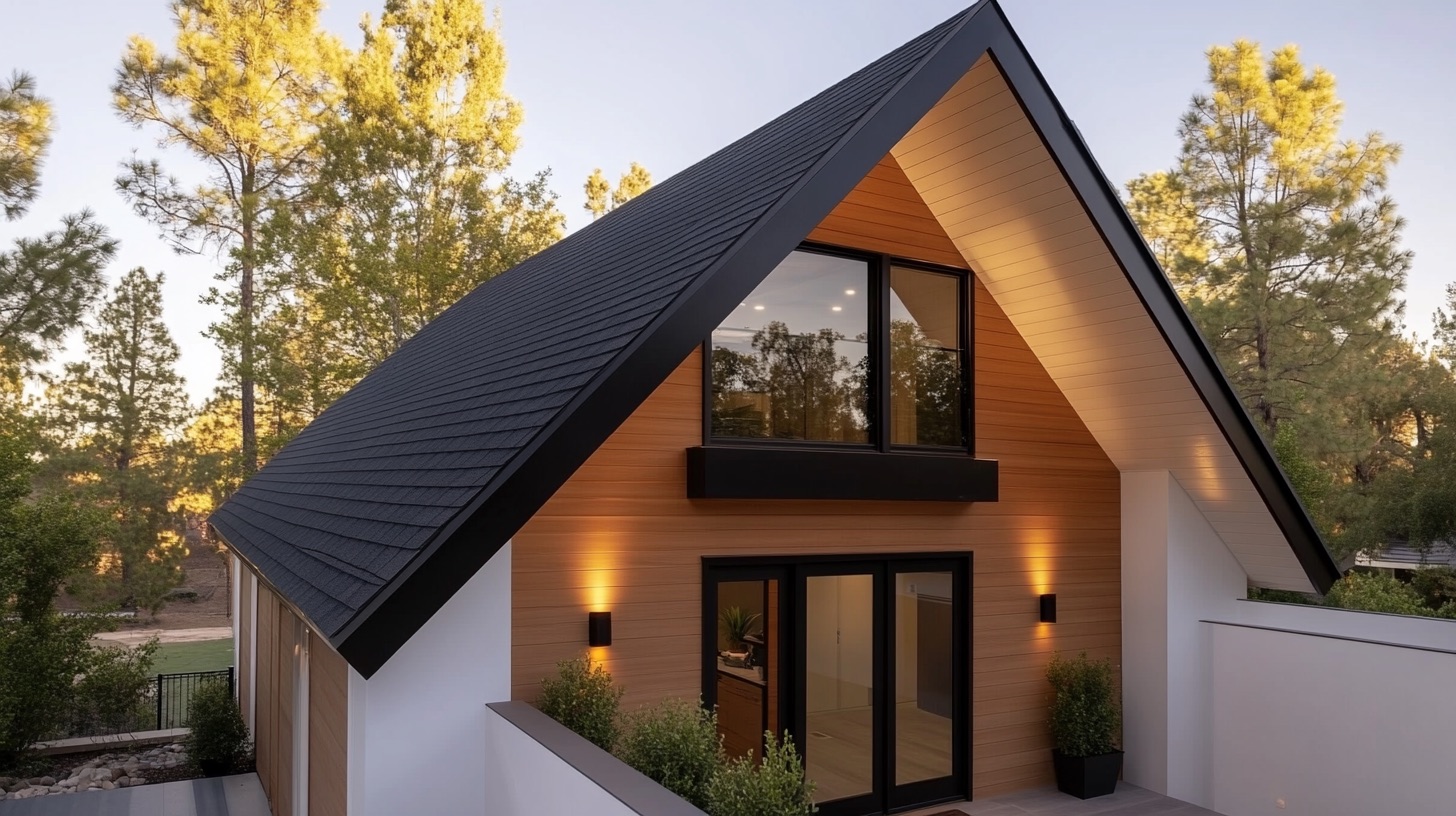
Frequently Asked Questions about Impact Resistant Shingles
How Are Impact Resistant Shingles Tested?
Impact resistant shingles undergo rigorous testing to ensure their durability. The primary testing method uses steel balls of varying sizes and heights to simulate the effect of hail impact. The shingles are classified based on their ability to resist impact damage from these tests, with Class 4 representing the highest level of impact resistance.
Are Impact Resistant Shingles Worth the Extra Cost?
While they may be more expensive than regular roofing shingles, impact resistant shingles can actually save you money in the long run. They can lower your home insurance premiums in certain situations and will certainly lessen your roof repair or replacement costs after severe weather, due to their durable nature.
Where Can I Install Impact Resistant Shingles?
Impact resistant shingles can be installed on any residential or commercial building. They are especially recommended for properties in areas that often face severe thunderstorms, hail or high winds.
Can Impact Resistant Shingles Improve my Home's Resale Value?
Yes, installing impact resistant shingles can potentially increase your home's resale value. Buyers often prefer properties with this type of shingle due to their durability, aesthetics, and contribution to lower insurance premiums.
Can I Install Impact Resistant Shingles Myself?
While it’s possible to install this type of roofing material yourself, we highly recommend hiring a professional roofing contractor. Installation of impact resistant shingles requires specialized knowledge and experience to ensure they properly protect your roof.
How Long Can Impact Resistant Shingles Last?
The lifespan of impact resistant shingles significantly depends on the environmental conditions and maintenance practices. However, they generally last longer than traditional shingles, with a lifespan of up to 30 years or even more in some cases.
What Material are Impact Resistant Shingles Made From?
Impact resistant shingles are typically made from a blend of copper, plastic and resin. This combination gives them their high durability and resistance to impact.
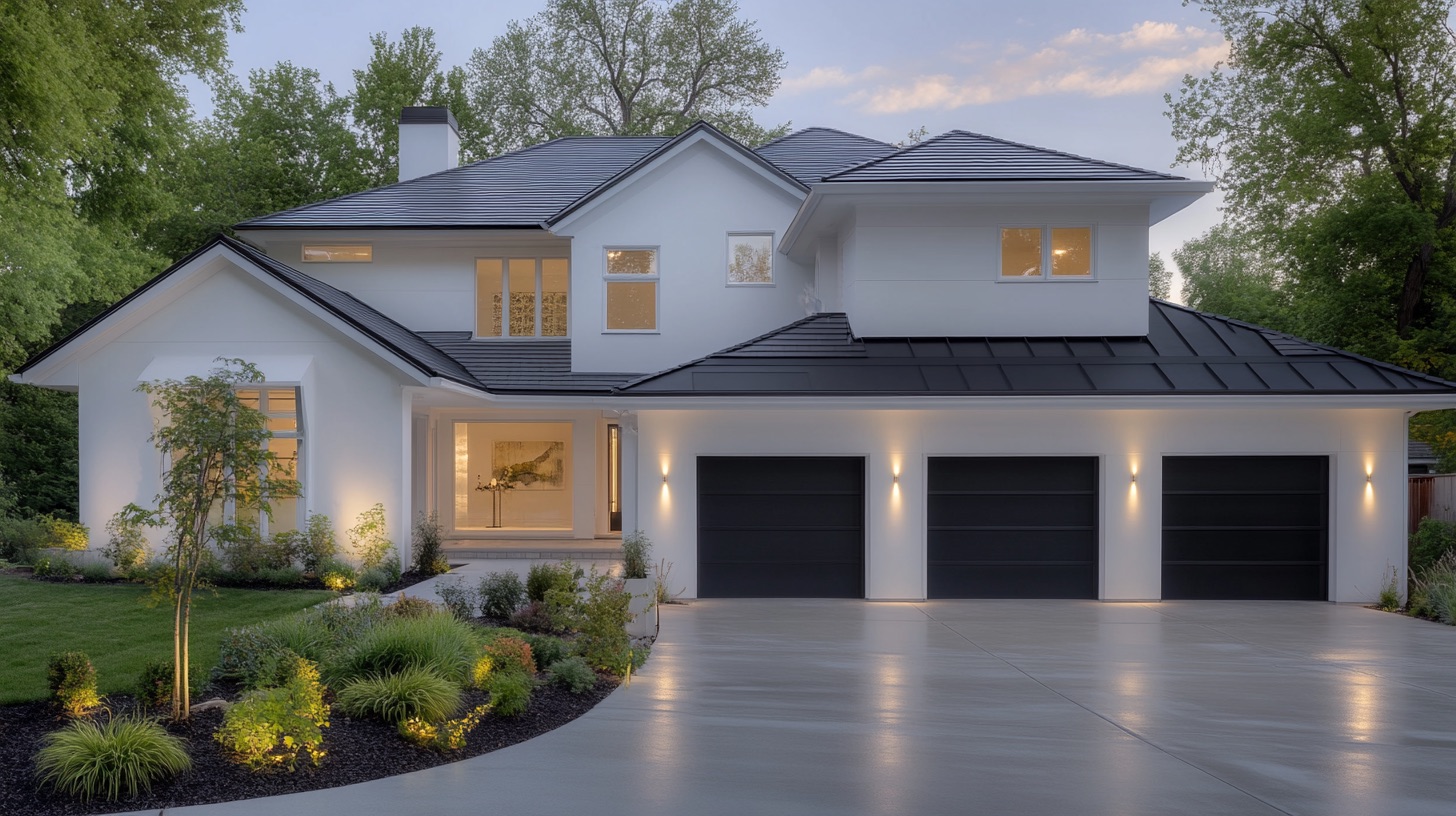
Pros of Impact Resistant Shingles
Durability
High Impact Resistance
One significant advantage of impact resistant shingles is their durability under harsh weather conditions. These shingles are designed to withstand heavy hailstorms and strong winds, which can severely damage standard asphalt shingles. This in turn will lead to a longer lifespan for your roof.
Longer Lifespan
Impact resistant shingles typically have a longer lifespan than traditional asphalt shingles. They don't easily crack, break, or warp when exposed to extreme weather conditions, which means less frequent repair and replacement, saving you money in the long run. Regular asphalt shingles may need to be replaced every 15 to 20 years, while impact resistant shingles can last 30 years and even up to 50 years with proper maintenance.
Reduced Maintenance and Repair Costs
Fewer Repairs
Impact resistant shingles help to reduce the frequency and cost of roof maintenance and repairs. Since they are designed to withstand extreme weather conditions, they are less likely to suffer from warp, breakage, or other damages that often lead to costly repairs.
Insurance Discounts
Many insurance companies are known to provide discounts on premiums for homes using impact resistant shingles. This is because the risk of damage from severe weather is significantly minimized, reducing potential claims.
Enhanced Curb Appeal
Aesthetic Variety
Impact resistant shingles come in a wide array of colors, textures, and styles, making them a versatile choice for enhancing a home's overall curb appeal. They can mimic the look of wood, slate, or other high-end materials, often at a fraction of the cost.
Cons of Impact Resistant Shingles
Higher Initial Costs
Cost of Materials
One of the significant disadvantages of impact resistant shingles is their higher initial costs compared to standard asphalt shingles. The advanced technology and materials used to create these high-performing shingles contribute to their higher price point.
Installation Costs
The installation of impact resistant shingles can be more expensive than that of standard asphalt shingles. These shingles are heavier and require more specialized skills and tools to install properly, leading to higher labor costs.
Limited Availability
Fewer Options
Compared to regular asphalt shingles, there may be fewer options available when choosing impact resistant shingles. Most manufacturers offer these shingles in fewer colors and styles, limiting your customization options.
Limited Availability in Certain Regions
Impact resistant shingles may not be readily available in some regions, particularly those that do not frequently experience severe weather conditions. This could mean that you have to order the materials from another location, which might increase your cost and prolong your roofing project.
Increased Weight
Strain on Structural Integrity
Impact resistant shingles are heavier than traditional asphalt shingles. This added weight can put a strain on your home's structural integrity, particularly if it was not initially designed to handle such weight. Before installing impact resistant shingles, ensure that your home can handle the additional weight to avoid structural issues.
Need for Reinforcement
The installation of impact resistant shingles might necessitate additional structural reinforcement, particularly for older homes. This can lead to increased costs and longer installation time.
Not Hail Proof
Although impact resistant shingles are designed to withstand high impact from hailstorms, they are not immune to damage. Very large hail, frequent hailstorms, or hail accompanied by high winds can still cause damage. Regular inspection and maintenance are still necessary to ensure the longevity of these shingles.
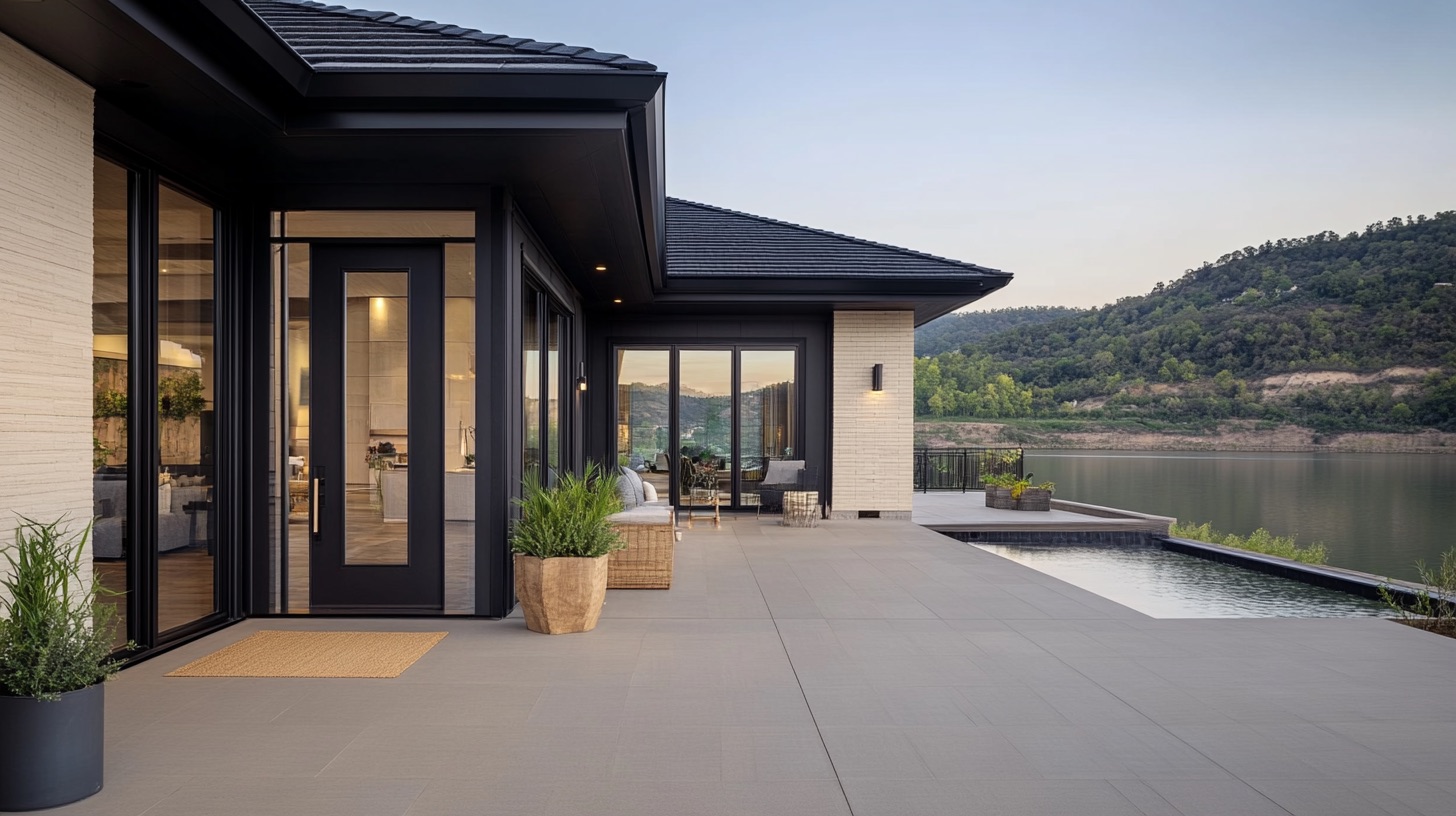
Myths and Misconceptions about Impact Resistant Shingles
When it comes to roofing material, impact resistant shingles, also known as storm-proof shingles, are a popular choice in regions that frequently experience bad weather. But there exist many misconceptions about what these shingles can and can't do. In order to dispel these misconceptions and shed some light on the actual capabilities and features of impact resistant shingles, read on.
Impact Resistant Shingles Never Get Damaged
Myth: Impact Resistant Means Indestructible
Quite a great number of homeowners assume that by installing impact resistant shingles, their roof is completely securitized from storm damage. However, it's important to clarify that "impact resistant" doesn't mean "indestructible."
While these shingles are designed to withstand hail storms, severe winds, and other harsh weather conditions much better than standard shingles, they're not completely immune to damage. In fact, even the highest-rated impact resistant shingles (class four) can incur damage from roughly two-inch hailstones repeatedly hitting the same spot.
Myth: Impact Resistant Shingles Never Need To Be Replaced
Another popular misconception is that once you install impact resistant shingles, you'll never have to replace them. While these shingles last significantly longer than their non-impact-resistant counterparts—often as long as 30 years or more—they're not immortal.
Like any external housing component, these shingles are subject to wear and tear over time. Environmental factors like acidity in rainwater can gradually degrade them, necessitating replacements in the long run.
Every Shingle that’s Labeled Impact Resistant is a Class 4
Myth: All Impact Resistant Shingles Are Alike
There's a general belief that all shingles labeled as impact resistant are essentially the same. This is far from the truth.
Impact resistance of shingles is classified from class 1 (least resistant) to class 4 (most resistant). Therefore, while a shingle may be labeled as impact resistant, it's crucial to check its class rating. Class 4 shingles withstand larger hailstones and heavier blows compared to class 1, 2, or 3 shingles.
Impact Resistant Shingles are Costly and Unnecessary
Myth: Impact Resistant Shingles Are Too Expensive
Many homeowners hesitate to invest in impact resistant shingles on the grounds of their higher upfront cost. But in fact, these shingles can actually save you money in the long run.
While it's evident that these shingles are pricier compared to standard ones, they last much longer, reducing the frequency of roof replacements. Additionally, they protect your property more effectively from weather damages, saving you from expensive repair costs. Also, many insurance companies offer discounts for homes with impact resistant roofing, which can offset the higher initial costs.
Myth: I Don’t Need Them Because I Don’t Live in a Hail-Prone Area
Closely linked to the cost issue is the misconception that impact resistant shingles are unnecessary for homes not located in hail-prone zones. The fact is, even if you don't live in an area with frequent hailstorms, these shingles are beneficial.
They not only provide superior protection against strong winds and debris impacts, but also are more resistant to extreme temperature fluctuations and sun exposure, all of which enhance the overall durability, decreasing the need for repairs or replacements.
Impact Resistant Shingles All Look the Same
Myth: Aesthetic Sacrifices Need to Be Made with Impact Resistant Shingles
It is a common misconception that impact resistant shingles are devoid of aesthetic appeal. However, these shingles come in a variety of styles, colors, and textures to match different architectural designs and personal tastes.
Whether you're going for a traditional or a modern look, you can always find impact resistant shingles that perfectly suit your home's design style.
Being aware of these commonly-held misconceptions can guide homeowners in making better-informed roofing choices. Impact resistant shingles undoubtedly provide enormous protection benefits, and when the choice is made with full awareness, they can add considerable value, safety and beauty to a home.
Summary
Overall, installing impact resistant shingles on your roof can be a necessary and worthwhile investment, particularly for those living in areas prone to severe weather conditions. Their incredible durability can withstand high winds and heavy rain, reducing the likelihood of damage. With these shingles, you don't have to worry about roof maintenance every time a storm rolls around, which definitely offers peace of mind.
Not many people consider their roofing material until they're confronted with a leaking roof or damaged shingles after a severe storm. Changing to impact resistant shingles not only mitigates this potential damage, but it's also cost-effective in the long run. Sure, the initial cost might be higher than average, but the savings in terms of maintenance and insurance make it a wise choice. In simple terms, these shingles are to your house what an insurance policy is to your car.
Lastly, what many people don't realize is that using impact resistant shingles can improve the overall value of your home. It’s not something you’d typically consider, but think about it; when purchasing a house, wouldn’t you be more inclined to choose one that’s less likely to have roof issues? These shingles can be a major selling point, thus making this investment worthwhile for the long-term benefits.
About US Quality Construction
At US Quality Construction of Kansas City, MO, we're more than just a construction company—with us, you become part of a caring and dedicated family. Born and raised right here in the heart of America, we bring over two decades of expertise and a passion for top-notch craftsmanship to every project we undertake. We have a robust team of skillful professionals who live and breathe construction, ensuring that yours is no ordinary building. Trust us: no one understands the nuances and needs of our Kansas City community better! We are committed to delivering affordable and high-quality construction solutions, creating structures that stand the test of time, just like the enduring spirit of good old KC. Say goodbye to construction nightmares, our diverse and dynamic services cover all your needs, from planning right down to execution. Join us as we build not just buildings, but strong and enduring communities.
Tags: durable, roofing, weather-resistant,

